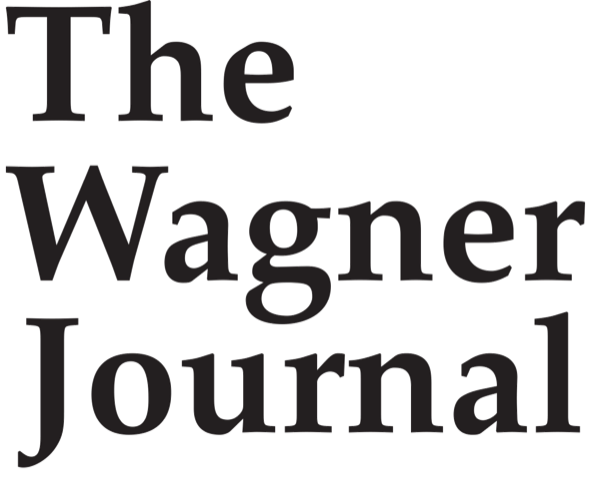The Wagner Journal
Laurence Dreyfus, Music and the Unseen: Narrative Paradigms in ‘Parsifal’
Laurence Dreyfus, Music and the Unseen: Narrative Paradigms in ‘Parsifal’
Couldn't load pickup availability
November 2013, Volume 7, Number 3, 38–52.
When thinking of musical storytellers it is hard to avoid the figure of Richard Wagner. This is true not least because of the extreme concentration of epic narration found in his dramatic works, but also because Wagner ushered in a new kind of orchestral behaviour foreshadowed as early as in Der fliegende Holländer and made explicit in Lohengrin and Das Rheingold, in which repeated musical signs allude to narrative functions. Wagner’s famous cultivation of musical leitmotifs was recognised from the first to reflect not only references to poetic ideas and dramatic characters, but also an improved ability of music to suggest, enhance, and even tell stories. This receptivity to musical narrative can be read in the earliest Wagnerian criticism penned by Liszt and Baudelaire, was first codified by Gottlieb Federlein in his interpretations of the Ring, and finally marketed by Hans von Wolzogen in the famous little booklets of ‘Thematic Leading Threads’ sold to eager Wagnerians attending the Bayreuth Festival in 1876.
